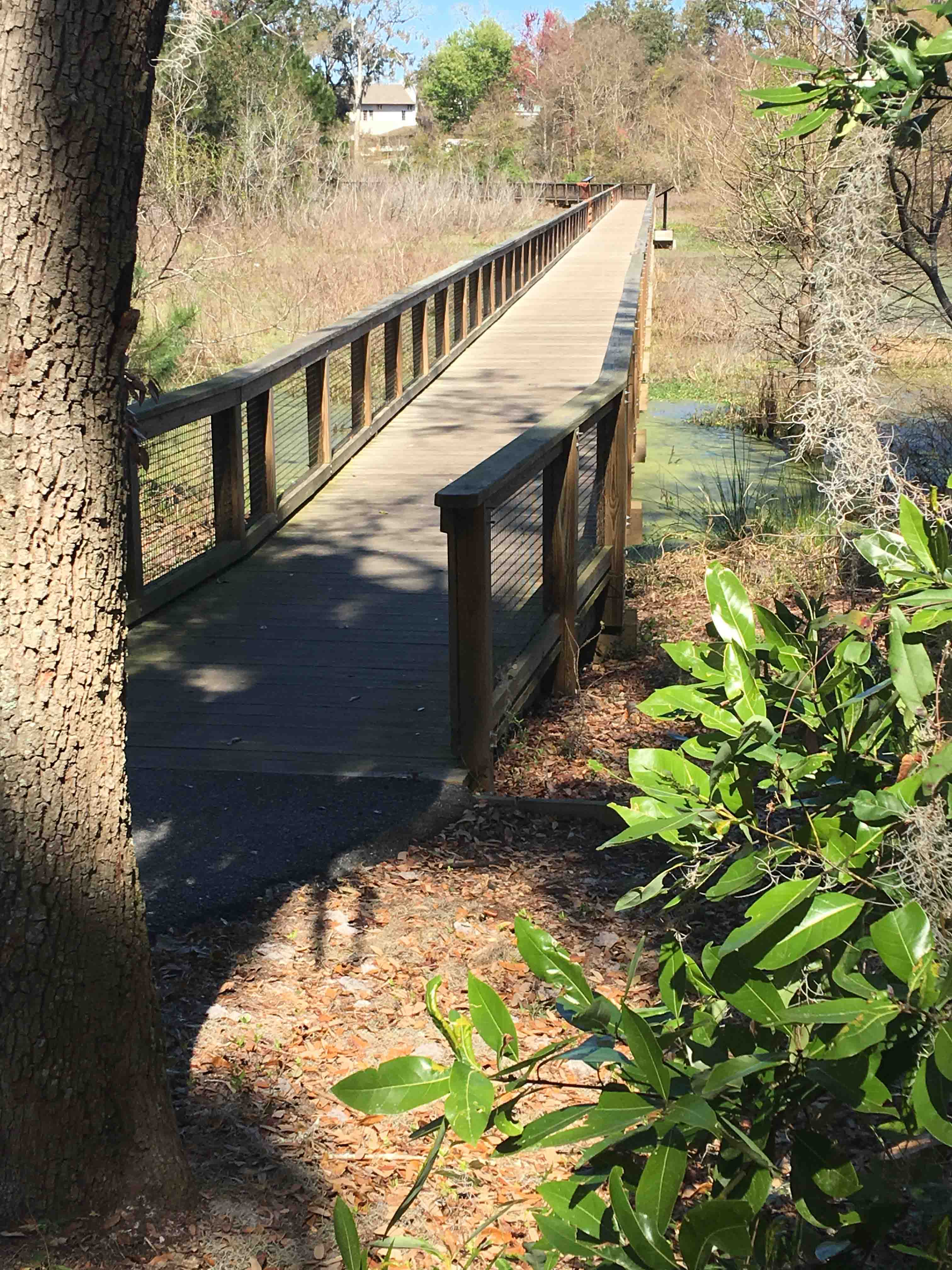Water and wastewater facilities house an essential, but often overlooked, function in the community.
But some cities decided water facilities could be public friendly, too.
Across South Carolina, cities and towns are adding value to their treatment sites, with some completely repurposing the area and others expanding it to welcome visitors and educate the public about environmental issues.
‘An entirely different purpose’
The City of Rock Hill converted its former wastewater lagoons into a state-of-the-art soccer complex.
In its early days, the city had no treatment plant. A large corporation in the 1920s needed a way to dispose of its industrial wastewater, so the company’s wastewater was combined with the city’s wastewater and flushed out to the Catawba River. This led to depleted oxygen levels in the water and fish kills, according to Rock Hill Deputy City Manager Jimmy Bagley.
The city built a treatment plant in the 1950s, which removed solids from the wastewater but didn’t treat it.
Over the next several decades, wastewater regulations and treatment processes evolved, resulting in the closure and capping of the lagoons in the 1980s. With strict regulations on how the space could be used, the site remained empty until 2000. The area was cleaned up, and the S.C. Department of Health and Environmental Control said it could be turned into a green space.
The city took those 70 acres of green space and transformed them into Manchester Meadows, a regional park featuring soccer fields, trails, pavilions, and playgrounds tucked into a landscaped setting. Manchester Meadows provides athletic programs for youth and adults. It also hosts local, regional and national soccer tournaments. Restaurants and a movie theater have sprung up around the complex.
The park has been a huge economic development draw to that area, Bagley said. Now the site that once served as a wastewater lagoon has been repurposed into a jewel for the community.
"It still serves a purpose, but now it’s an entirely different purpose," Bagley said.
Meetings and wedding festivities
In the City of Seneca, the water treatment site kept its original purpose but was modernized and expanded to encompass more functions. Today the city’s water treatment plant is a safe and welcoming place for residents and visitors.
Seneca’s plant was built in the 1960s on Lake Keowee, and over the years a residential development grew up alongside it. Residents expressed concerns about operational and safety issues at the plant, including its use of hazardous chlorine gas in the disinfection process.
City officials held multiple meetings with neighborhood leaders and developed a partnership to address their concerns. The plant stopped using the chlorine gas and switched to a sodium hydrochloride process, according to Bob Faires, director of utilities. The city also upgraded the plant’s spill containment capabilities and site security.
Seneca officials also beautified the administrative building, adding a community meeting space with scenic lake views. The space has been rented out for corporate functions, as well as public and private events such as Rotary Club and homeowners association meetings — even a wedding rehearsal party.
"We projected that a lot of people would take advantage of it because of the views and the size of the meeting space," Faires said. "We’ve seen those plans come to fruition."
The facility was awarded LEED certification, and Seneca also applied for Envision certification from the Institute for Sustainable Infrastructure, Faires said. In 2016, Seneca won an Achievement Award from the Municipal Association for its water treatment plant.
A draw for nature lovers
Seneca is not alone in beckoning the public to its water facilities.
In 1999 – 2000, the Town of Port Royal started a project to create walkways, paths and a protected rookery around its wetlands area, said Town Manager Van Willis. Water flows through a series of wetlands, ponds and culverts to the Beaufort River and into the Port Royal Sound. To restore the watershed, the town installed pipes to connect wetlands that had been isolated by road construction, allowing more natural drainage conditions to exist.
The series of wetlands provides natural stormwater capture, retention and treatment in the course of the time it takes the water to flow through the system. This improves the quality of the water by trapping pollution, sediments and excess nutrients before it drains into the river and the Port Royal Sound.
The Cypress Wetlands area has become a centerpiece of the downtown community, attracting hikers, photographers, nature lovers, bird enthusiasts and even yoga classes to its amphitheater, Willis said.

The Town of Port Royal restored is wetlands.
Sometimes federal grants can help a city realize its vision.
Such is the case for the City of Camden, which has its own plans for a wetlands area, as well as a park and nature preserve, at the site of its former wastewater lagoon facility.
In recent years, the city built a modernized wastewater treatment plant adjacent to the property, because the former lagoon treatment process wasn’t able to get the water clean enough to comply with regulatory standards. All structures for the former plant have been demolished and removed, according to Shawn Putnam, Camden city planner. Camden won an Achievement Award from the Municipal Association in 2015 for its new wastewater facility.
Last year, the National Park Service’s Rivers, Trails and Conservation Assistance Program awarded Camden a grant. There have been discussions about what will come next. The public has expressed interest in converting a significant portion of the site into a wetlands area to attract birds; creating a canoe or kayak launch; adding trails and designated areas to view wildlife; and building a pavilion where classes could be held on topics including environmental protection and conservation, Putnam said.
From Seneca to Camden and Rock Hill to Port Royal, local officials have shown there’s plenty of recreation and enjoyment potential to be found at water, wastewater and stormwater facilities.
